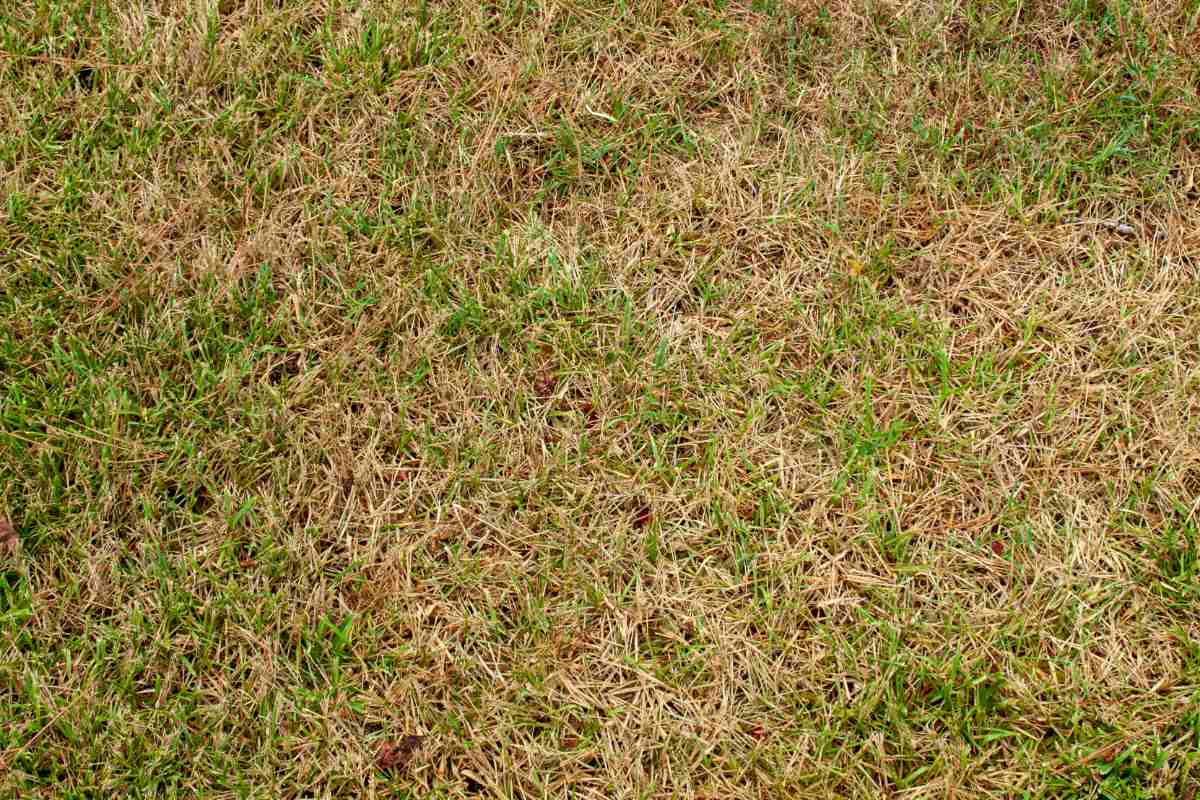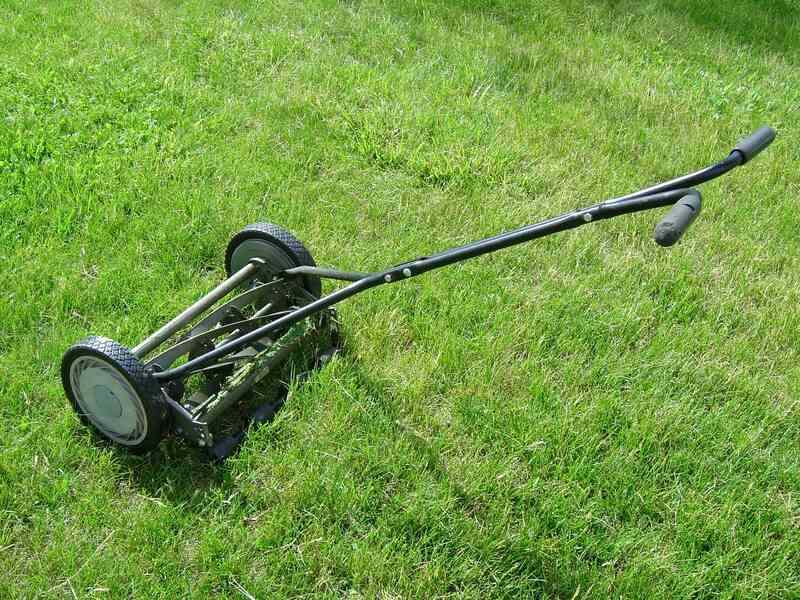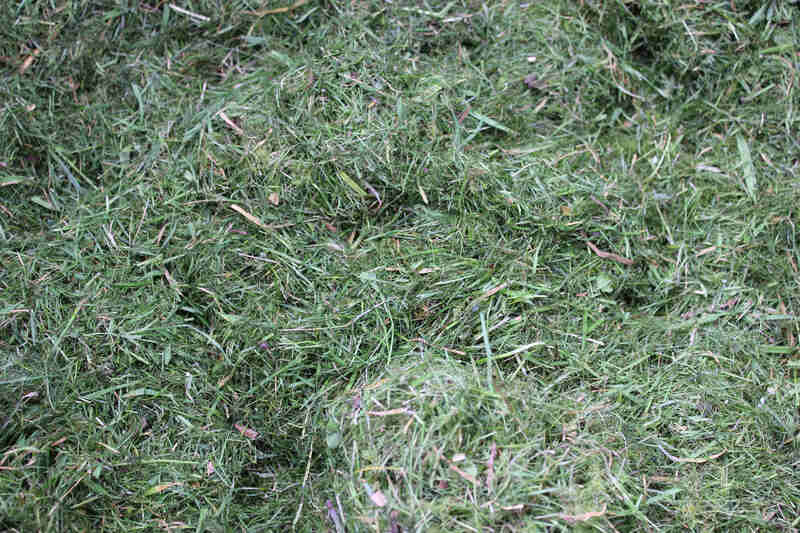
While it might sound counterintuitive to cut your grass down to the nub, this practice, known as lawn scalping, is a crucial step in revitalizing your lawn and promoting its overall well-being. So, when is the best time to scalp your lawn? On average, the ideal time for this practice happens in late winter to early spring.
Scalping your lawn during this window of time sets the stage for flourishing green grass in the coming months. But why is this particular timeframe so crucial, and what benefits can you expect? Let’s delve deeper into the art of lawn scalping and uncover the secrets to a thriving lawn.
What is Lawn Scalping?
Lawn scalping, as the name suggests, is not your typical trim-and-tidy lawn care routine. It’s more akin to a bold haircut for your grass. This practice involves mowing your grass shorter than usual, often removing more than one-third of the grass blade length in a single mowing session.
While lawn scalping might sound drastic, this approach provides your lawn with a kick-start to the growing season, setting the stage for a robust and lush green carpet. With shorter grass, sunlight can penetrate deeper into the turf, promoting stronger and more vigorous grass growth.
When to Scalp Your Lawn?
Choosing the right moment for lawn scalping can make all the difference in the health and appearance of your lawn. The best time to scalp your lawn is between late winter and early spring, typically from the end of February through March.
It’s crucial to wait until after the last spring freeze. Performing the scalping process when the ground is icy or when the grass is frozen can damage the delicate crowns and roots of your lawn, hindering its recovery and growth.
On the other hand, you shouldn’t delay the scalping process until your grass is in its growing stage. Waiting too long can stress the grass and hinder its ability to rebound effectively. The sweet spot lies in scalping your lawn when the grass is still in dormancy but the conditions are cool and dry.
Pro Tip: To pinpoint the ideal time for lawn scalping, keep a close eye on your local weather forecast, as the best timeline can vary from region to region.
Benefits of Lawn Scalping

Lawn scalping, despite its seemingly drastic nature, offers a multitude of benefits for your lawn’s overall health and appearance. Here are some of the key advantages of lawn scalping:
- Faster growth: Scalping allows more sunlight to reach the soil, providing a warmer and more inviting environment for your grass to start growing earlier in the season.
- Natural lawn health: Lawn scalping is a natural way to encourage a healthy spring green-up without the need for chemical fertilizers.
- Improved absorption: After scalping, the shorter grass also aids in fertilizers penetrating deeper into the soil, ensuring it receives the essential nutrients and pre-emergent herbicides it needs.
- Enhanced overseeding: If you’re planning on overseeding your lawn to fill in bare spots or introduce new grass varieties, scalping ensures that your newly sown seeds have direct access to the soil, increasing their chances of germination and successful growth.
- Reduction of thatch buildup: Thatch is a layer of dead grass, roots, and organic matter that can smother your lawn. Scalping reduces thatch buildup, allowing water, air, and nutrients to penetrate the soil more efficiently.
- Protection against diseases: By removing dead grass and debris through scalping, you can minimize the risk of fungal diseases and pests that often thrive in decaying organic matter.
Disadvantages of Lawn Scalping
While lawn scalping offers numerous benefits, it’s not without its drawbacks:
- Timing is crucial: Performing lawn scalping too early when frost is still present or too late when the grass is in active growth can stress your lawn, hindering its ability to recover effectively.
- Not recommended for cool-season grasses: Lawn scalping is typically not recommended for cool-season grasses like Kentucky bluegrass or fescue, since they have different growth patterns.
- Ineffective for some warm-season grasses: While lawn scalping can work wonders for warm-season grasses that spread by rhizomes, like Bermuda and Zoysiagrass, it may not be suitable for grasses that spread by stolons alone, such as centipedegrass, buffalograss, and carpetgrass.
- Labor-Intensive: Lawn scalping often requires multiple passes with a reel mower set at a low height, which can be physically demanding, especially for larger lawns.
- Generates debris: The scalping process generates a significant volume of debris, including dead grass blades and thatch. You can’t leave these clippings on your lawn, so proper disposal is essential.
How to Scalp Your Lawn

Now that you’ve determined the ideal timing and understood the benefits and disadvantages of lawn scalping, it’s time to roll up your sleeves and learn how to execute it.
Here’s a step-by-step guide on how to scalp your lawn DIY:
1. Prepare Your Reel Lawn Mower:
- Start by ensuring your reel mower has sharp mower blades. Dull blades can tear the grass rather than cut it cleanly, potentially causing more stress to your lawn.
- Properly lubricate your mower to ensure smooth operation during the scalping process.
- Attach a grass-catching bag to your mower to collect the grass clippings.
2. Set the Mower Height: Adjust your mowing height to between 1/2 inch and 1 inch. This setting will allow you to remove the desired amount of grass without cutting too close to the soil.
3. Start Mowing:
- To achieve an even and thorough scalping, mow your lawn gradually over several passes.
- Mow in multiple directions (north-south, east-west) to ensure an even cut and to reach all areas of your lawn.
- Be patient, as this process can take a few hours, depending on the size of your lawn.

4. Compost your grass clippings: It’s essential to collect and compost your grass clippings rather than leaving them on the ground. Composted clippings can be a valuable source of organic matter for your garden and can help enhance soil health.
After scalping, your lawn is in prime condition for a soil test. Based on the results of the soil test, consider amending your soil with the necessary nutrients or adjusting its pH level to promote healthy grass growth.
Here’s a video by Ron Henry to help you visualize the process:
FAQ About Lawn Scalping
Should You Fertilize a Scalped Lawn?
Yes, you should fertilize a scalped lawn. After the scalping process, the soil is in an ideal condition to receive nutrients. Fertilizers will penetrate the soil more efficiently, promoting a healthy lawn. Always follow the label instructions and apply the recommended quantity of fertilizer based on your lawn’s size for optimal results.
How Often Can I Scalp My Lawn?
You can scalp your lawn once a year, typically during the late winter to early spring period. This annual practice allows you to rejuvenate your lawn and prepare it for the growing season ahead. Scalping more frequently can stress your turfgrass, so it’s best to stick to this once-a-year schedule.
Can You Scalp Kentucky Bluegrass?
No, you should not scalp Kentucky bluegrass or any other cool-season type of grass, like fescue. Scalping is most suitable for warm-season grasses, more specifically, Bermudagrass and Zoysia lawns. Cool-season grasses have different growth patterns and do not benefit from the same scalping approach.
Is Scalping the Same as Dethatching?
No, scalping is not the same as dethatching. Scalping involves mowing your grass as short as possible to promote spring growth. In contrast, dethatching refers to removing the layer of dead and living grass shoots, stems, and roots that accumulate between the soil and the grass blades.
While both practices contribute to a healthier lawn, they serve distinct purposes in lawn maintenance.
Calling a Professional
In the quest for the perfect yard, scalping a lawn can be a powerful strategy for homeowners. However, the key to successful scalping lies in choosing the right moment. Misjudging this critical timing can lead to unintended consequences, stressing your grass and hindering its growth rather than fostering the green carpet you envisioned.
If you want to ensure that you’re doing everything right, consider reaching out to a local lawn care professional. Their expertise can be invaluable in getting your lawn ready for spring.
Main Image Credit: Tim Bingham / Canva Pro / License